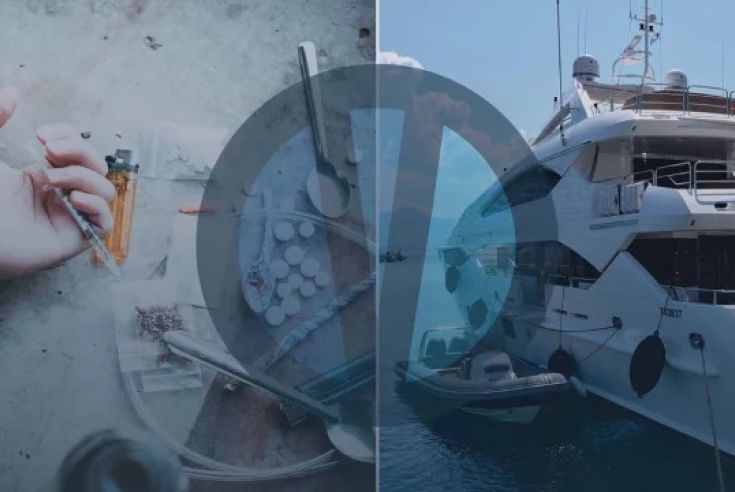Human, Element, Leadership & Management (Management)
101 Abercromby Business centre, 279 Abercromby Street, G40 2DD
675 GBP (£)
EnquireSchool Glasgow Maritime Academy
Location 101 Abercromby Business centre, 279 A...
Duration 5 day(s)
Dates Contact for more info
Accommodation None Included
Entry Requirements - Technical students should hold a deck or engineering certificate of competency at the operational level and meet the minimum seagoing service requirements for the issue of a management level CoC
Course Description
The course meets the latest mandatory requirements for approved training in the human element, leadership and management at the management level and the standards of competence to be achieved.
This course is normally for technical officers following an approved education and training programme leading to MCA certification as;
Chief mate or master on ships of 500 gross tonnage or more
Second engineer officer or chief engineer officer on ships powered by main propulsion machinery of 750 kW propulsion power or more.
It meets the obligatory requirements relevant to bridge resource management, engine-room resource management and application of leadership and teamworking skills as set out in
Tables A-II/2 (masters and chief mates on ships of 500 gross tonnage or more)
Table AIII/2 (chief engineer officers and second engineer officers on ships powered by main propulsion machinery of 750kW or more) of the International Convention on Standards of Training, Certification and Watchkeeping for Seafarers (STCW) incorporating the Manila amendments.
This training is a pre-requisite for a management level Certificate of Competency (CoC) issued by the MCA upon meeting the requirements of Regulation II/2 and III/2.
Course Structure
Course Contents:
Students will be able to control the operation of the ship and care for persons on board at the management level through the use leadership and managerial skills to ensure that:
The crew are allocated duties and informed of expected standards of work and behaviour in a manner appropriate to the individuals concerned;
Training objectives and activities are based on assessment of current competence and capabilities and operational requirements;
Operations are planned and resources are allocated as needed in correct priority to perform the necessary tasks;
Communication is clearly and unambiguously given and received;
Effective leadership behaviours are demonstrated;
Necessary team member(s) share an accurate understanding of current and predicted vessel state and operational status and external environment;
Decisions are most effective for the situation;
Operations are demonstrated to be effective and in accordance with applicable rules.




